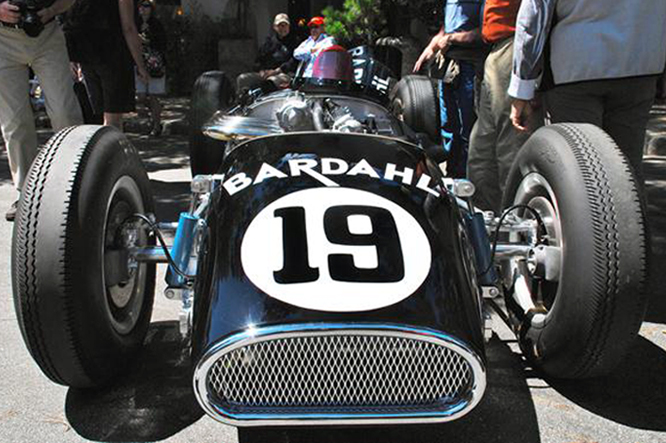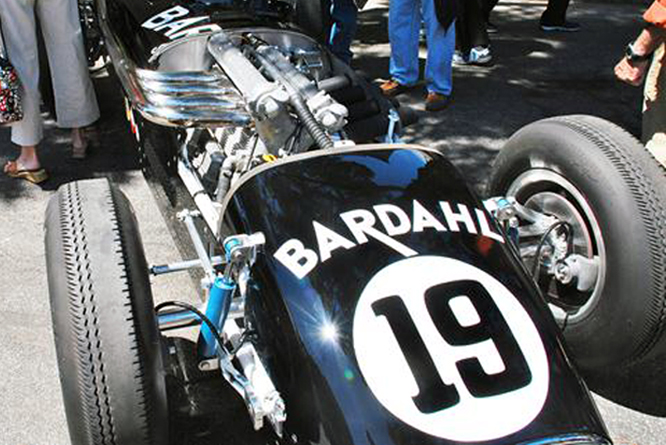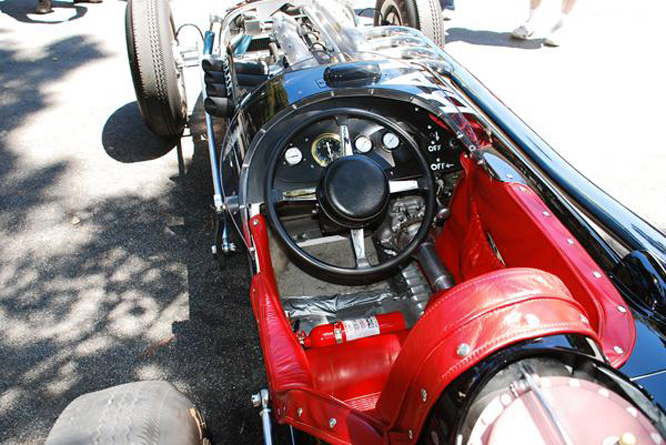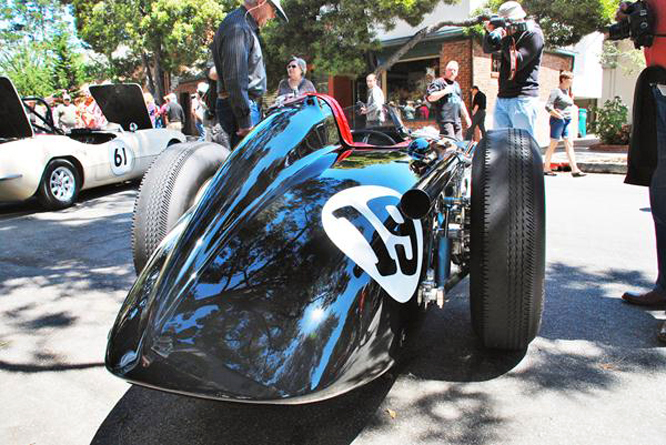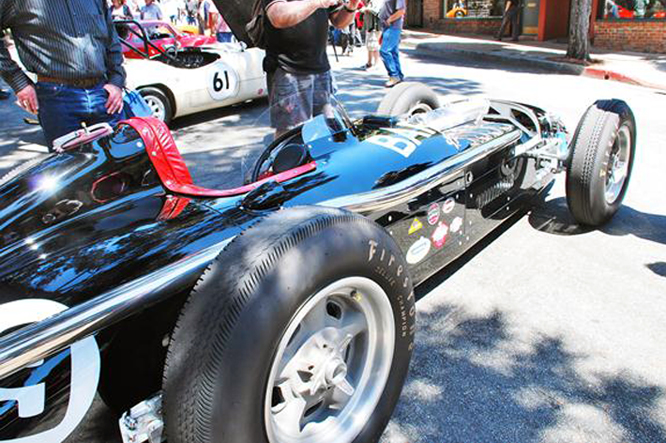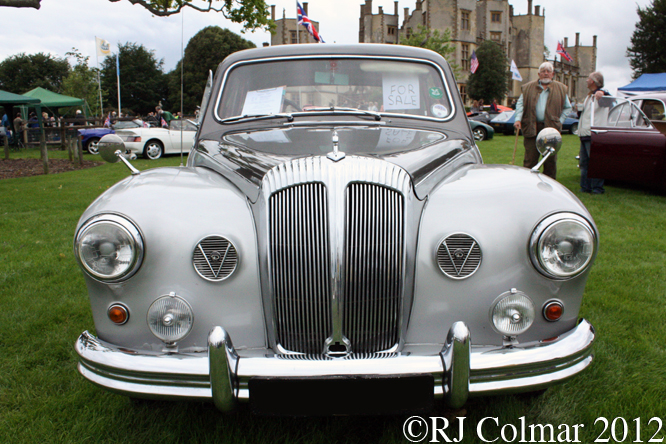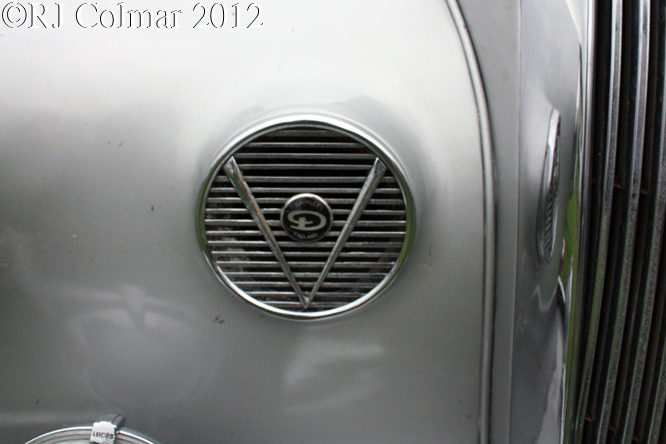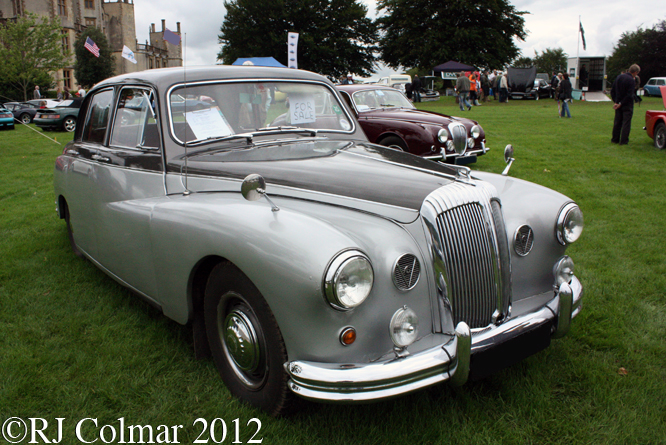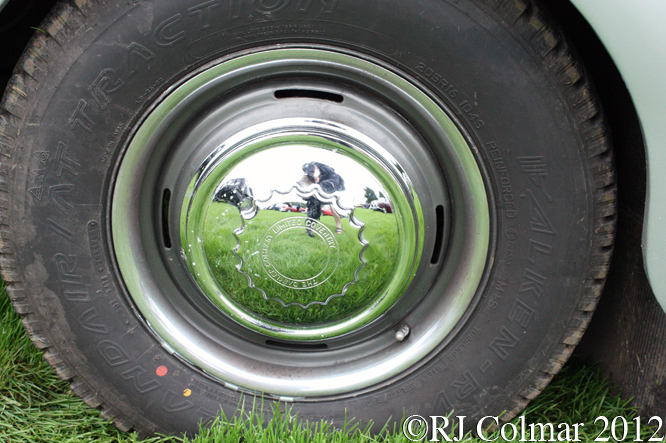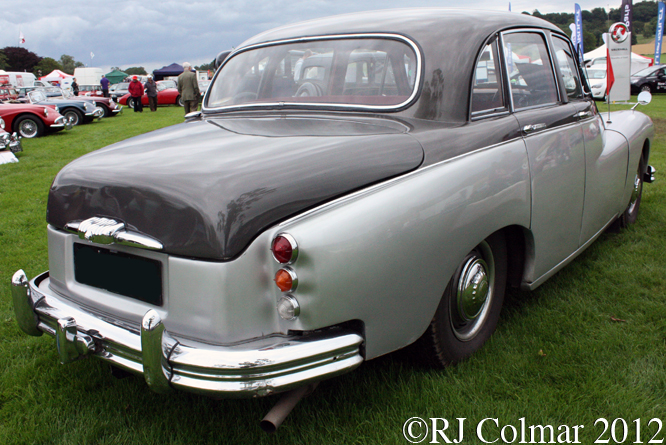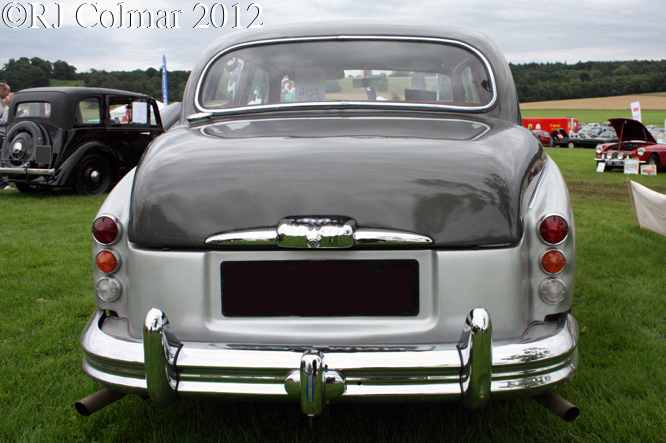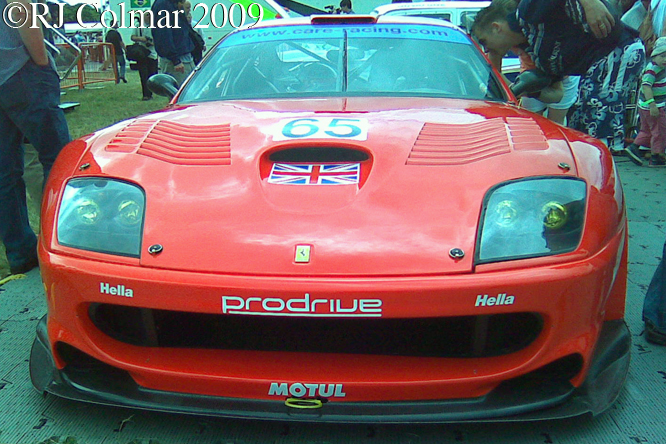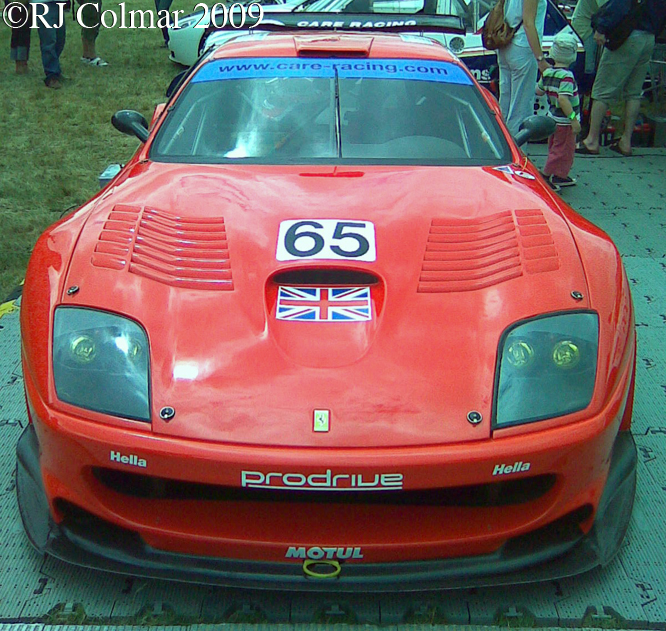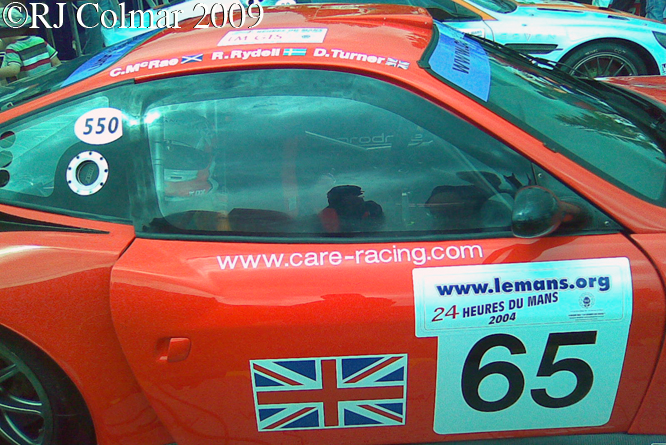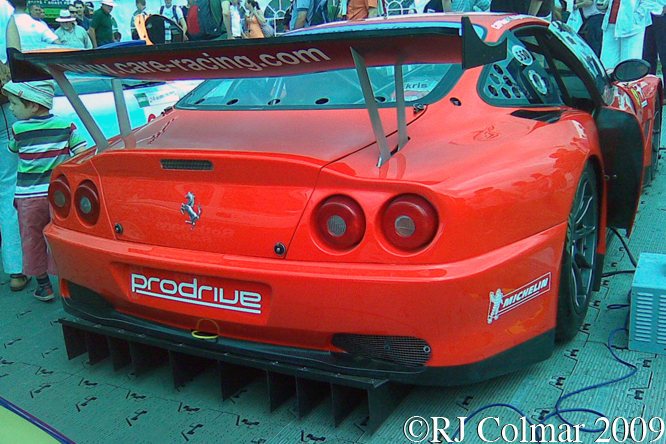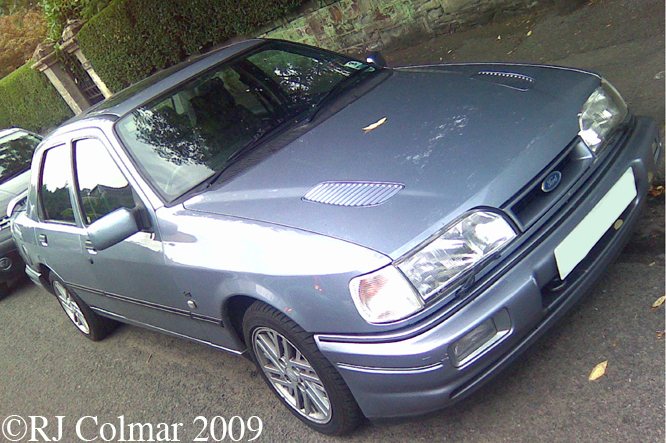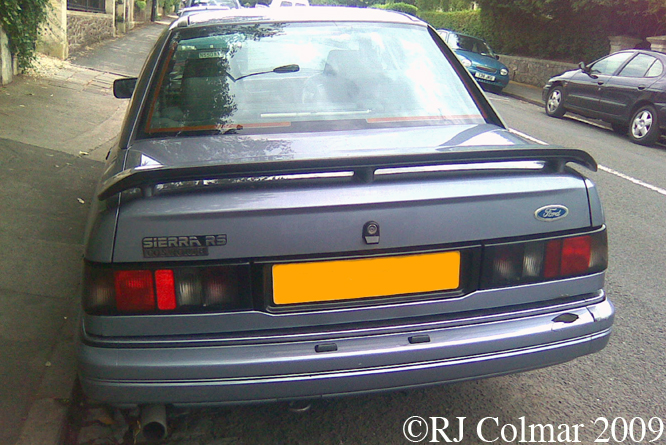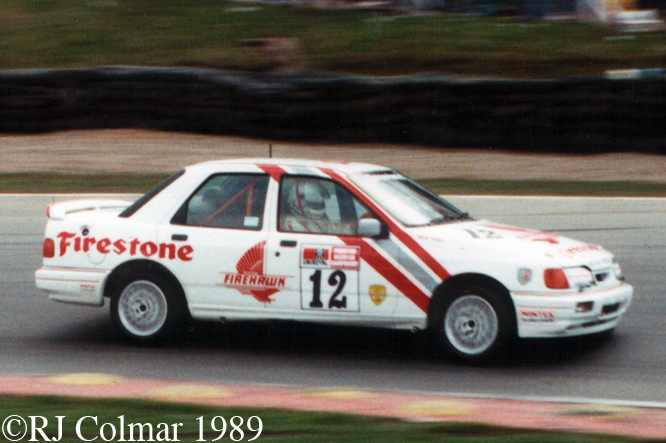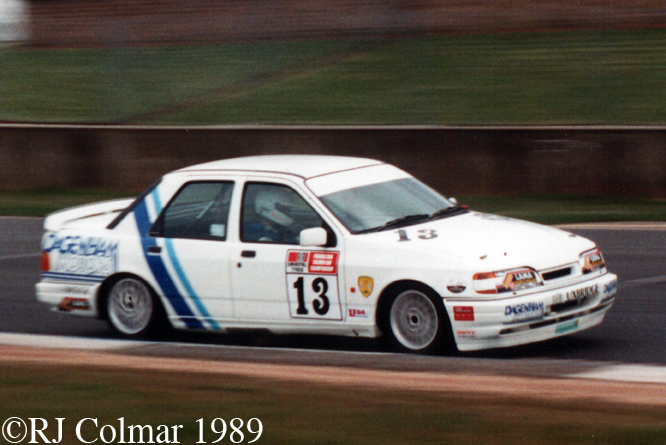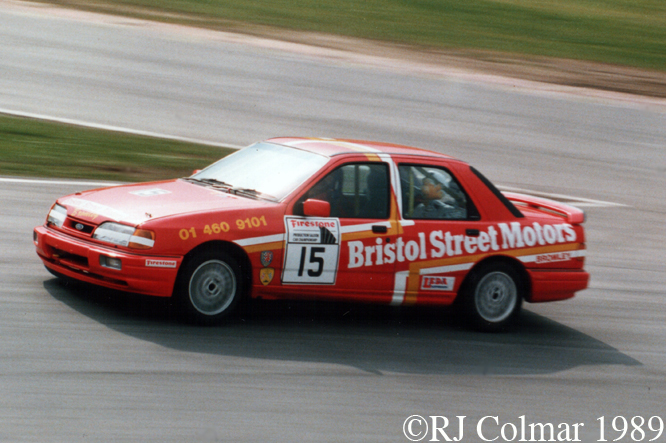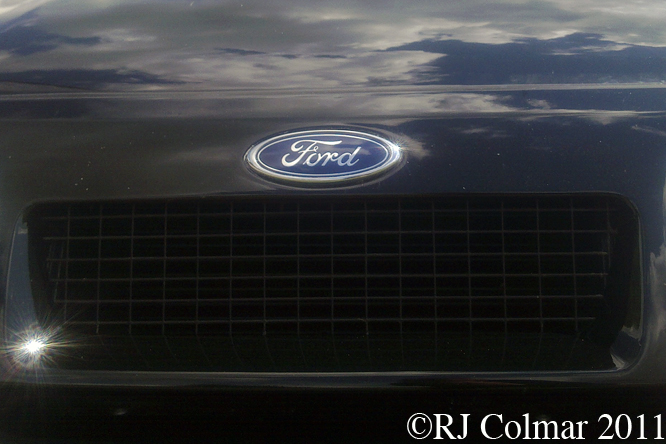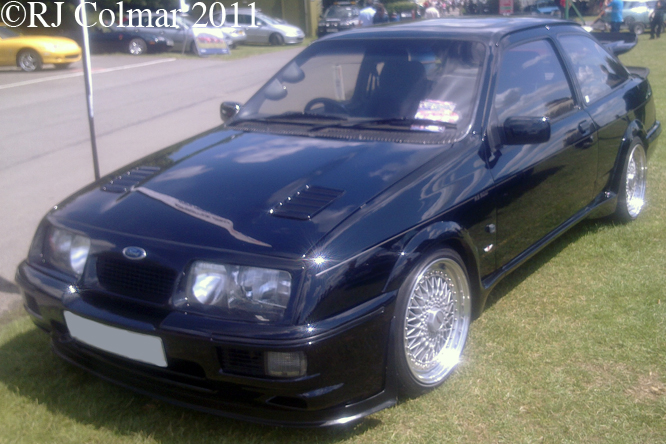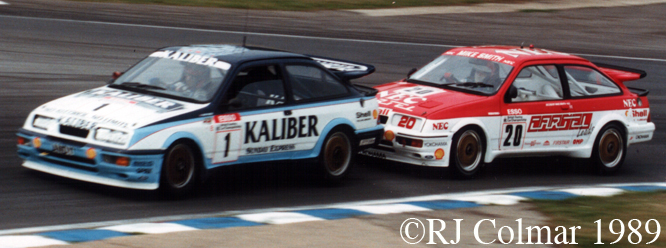With the announcement of the discontinuation of Group C, from 1991 on, at the end of 1989 Aston Martin decided to withdraw it’s AMR1 V8 Prototype from the top line Sports Car series with immediate effect as they had no engine to with which to compete under the proposed new rules mandating 3.5 litre / 213 cui motors.
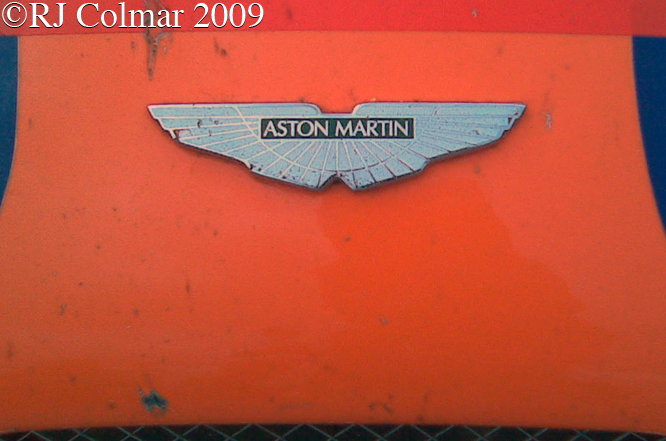
In 2008 the Aston Martin name appeared in the top Le Mans Prototype category with a pair of Lola B08/60’s powered by the 6 litre / 366 cui Aston Martin V12 that had been used in Aston Martin’s class winning DBR9 GT programme. The Lola Aston Martins were run in a collaboration between Prodrive and the Czech Charouz Racing System with Jan Charouz, Tomas Enge and Stefan Mücke sharing the driving of a single entry per race.

Charouz and Mücke finished season high 2nd in the Silverstone 1000kms. The following year one car chassis HU01 was sold to Speedy Racing who continue to race the car now under the Rebellion banner having used a motors from Aston Martin, Rebelion V10 and most recently Toyota.

For 2009 Aston Martin increased their involvement in the Le Mans Prototype (LMP) class using Lola chassis again both the second Charouz Racing B08/60 HU02 and newer B09/60 types all fitted with updated body work. Gulf Oil sponsored, two cars entered by Aston Martin Racing, and an occasional single AMR Eastern Europe entry. All three cars are known as Lola Aston Martin DBR1-2’s and are again powered by DBR9 V12 variants producing around 650hp.
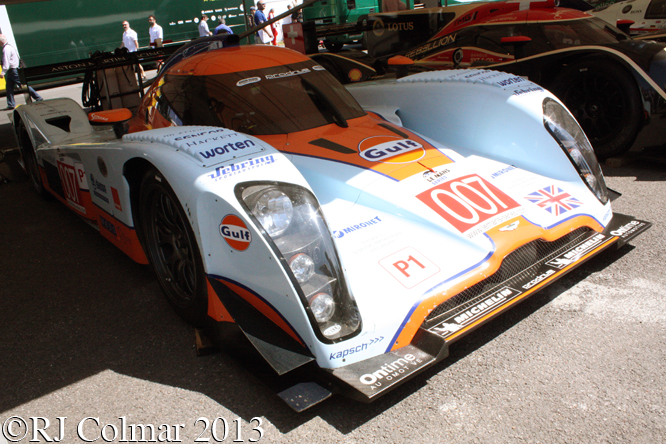
Jan Charouz, Tomáš Enge and Stefan Mücke driving the #007 got the 2009 Le Mans Series off to a fine start with a win in the Catalunya 1000 kms, though the #009 of Harold Primat, Miguel Ramos and Darren Turner retired. At Spa the team finished 3rd and 5th in numerical order, while at Le Mans the team were out classed by the works diesel powered Peugeots and Audi’s, which did not take part in the rest of the Le Mans series races.
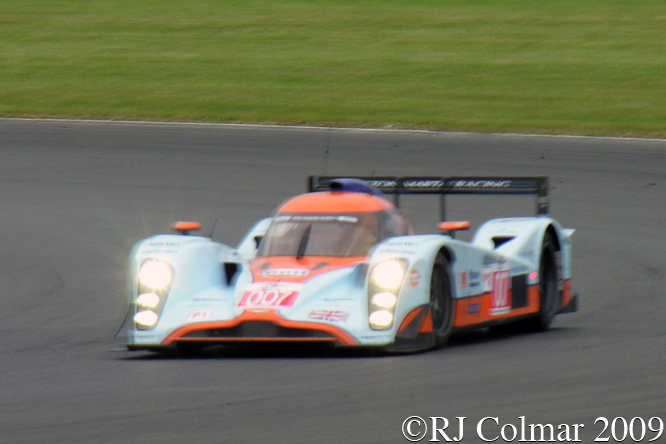
The #007 salvaged a 4th place while the #008 driven by Turner, Anthony Davidson and Jos Verstappen finished 13th and the #009 driven by Primat, Stuart Hall and Peter Kox crashed out while lying 3rd. For some reason the Le Mans 24 Hours was not however part of the Series to which it lent it’s name.
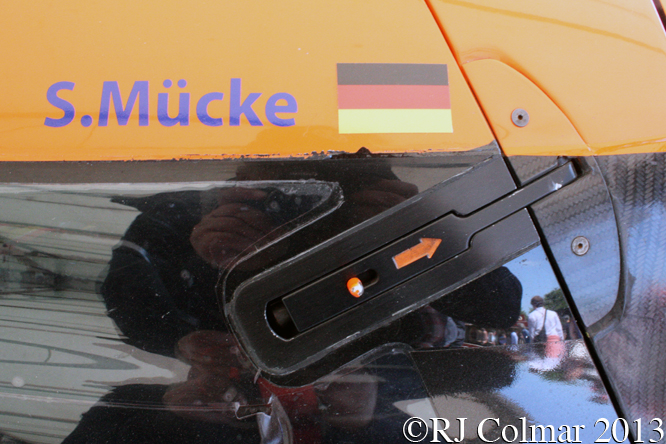
#007 and #009 next competed at Algarve where the original driver line ups finished 3rd and 5th in numerical order, at the Nurburgring #007 won a 1-2-3 finish followed by the #009 and #008 driven by Stuart Hall, Chris Buncombe and Miguel Ramos the latter had been scheduled to drive the #009.
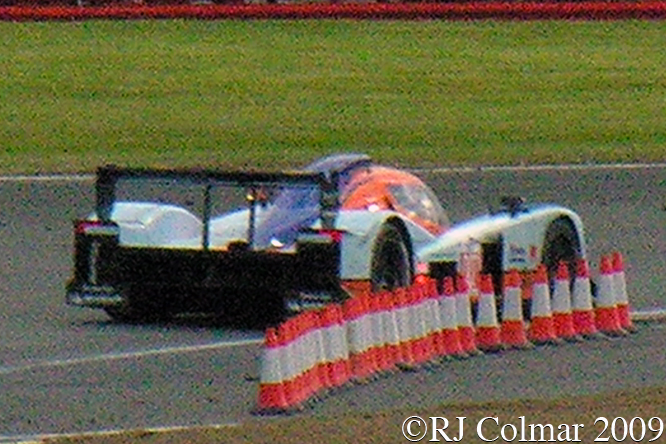
Three cars were again entered at Silverstone, where today’s on track photo’s were taken, and third place for the #007 was enough to clinch the LMS drivers championship for Jan Charouz, Tomáš Enge and Stefan Mücke, the #009 in 4th helped seal the Teams championship for Aston Martin Racing and the Manufacturers Championship for Aston Martin.

Over the following two years Aston Martin Racing sent cars to events on an apparently as hoc basis to events in Asia and Europe often joined by a chassis that had been acquired by Signature Racing. No more wins were recorded in 2010, but in 2011 the Aston Martin Racing team now sponsored by Muscle Milk driven by Klaus Graf and Lucas Luhr won at Mosport while a Gulf sponsored AMR 1-2 won at Laguna Seca driven by Harold Primat, Stefan Mücke and Adrian Fernandez.
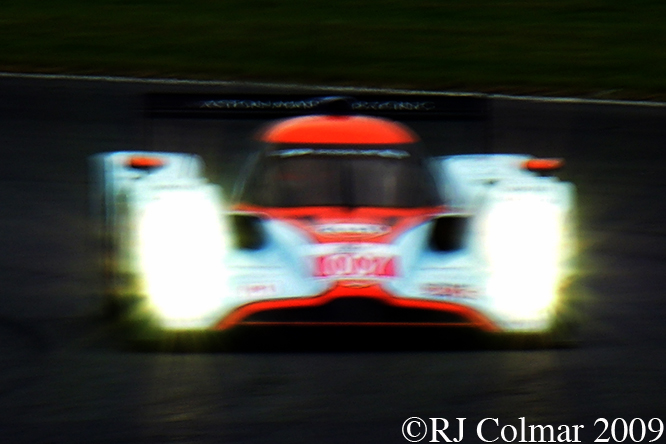
At the end of the 2011 seasons the DBR 1-2’s were retired and scheduled to be replaced by the ill feted AMR-One.
Thanks for joining me on the “LMS winner” edition of “Gettin’ a li’l psycho on tyres” I hope you will join me again tomorrow. Don’t forget to come back now !


